Looking to plant something in your raised garden bed? You’re in luck! In this comprehensive guide, we will answer some of the most common questions about what to plant in raised garden beds. First, let’s take a look at the benefits of raised garden beds. Then, we’ll give you some tips on choosing plants that will thrive in your bed. Finally, we’ll provide you with a list of plants that are perfect for growing in raised beds!
What is Raised Bed Gardening?
Raised garden beds are essentially gardens that are built on top of soil that has been mounded up or brought in from elsewhere. They’re usually made out of wood, stone, or concrete blocks and can be any size or shape.
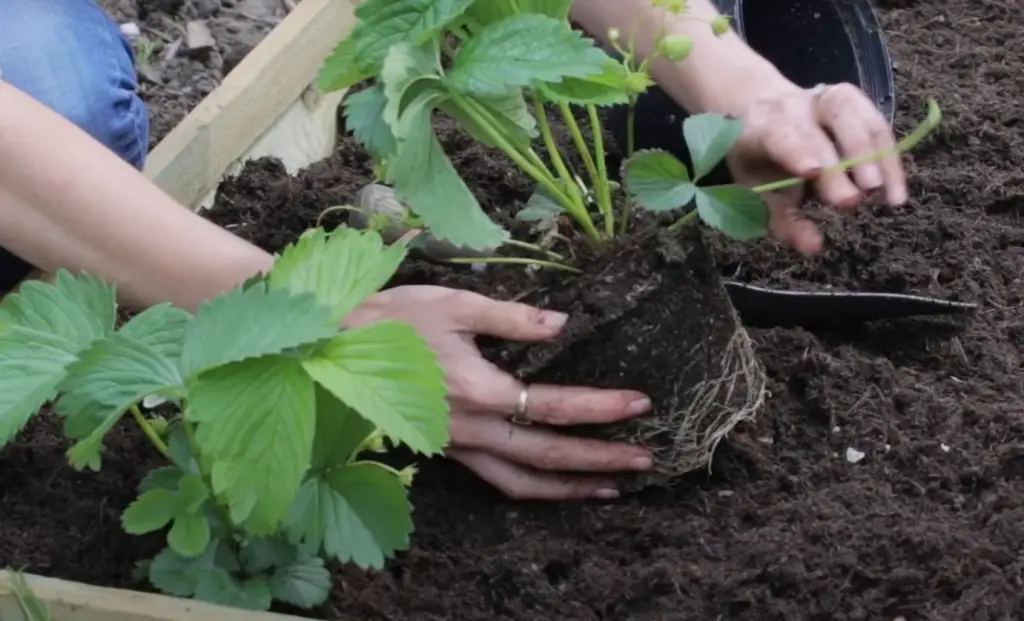
The Advantages of Raised Beds
Raised beds have plenty of advantages for both the gardener and the plants. Let’s take a look at some!
You can plant your garden earlier
If you live in a region with a shorter growing season, raised beds can give you a head start on the planting season. By adding a few inches of good-quality topsoil to your beds, you can plant your garden a few weeks earlier than if you were to plant directly in the ground.
Additionally, the soil in raised beds warms up more quickly in the springtime due to its exposure to the sun. This means that your plants will have a longer growing season overall.
And since the soil is loose and well-drained, roots are able to grow more easily and deeply, leading to healthier plants.
You can plant more plants in less space
By definition, raised beds to take up less space than in-ground planting. And since the soil is loose and well-drained, you can fit more plants into each bed.
This is especially beneficial if you have limited space to garden in, such as a small yard or balcony.
It’s also great for people who want to try out gardening but don’t want to commit to a large area. You can easily build a few raised beds and see how you like them before expanding your garden.
Better soil
The soil used in a raised bed is going to be better than the soil in your yard because you can control what goes into it. You can mix in compost, manure, and other amendments to make sure the plants have everything they need to grow healthy and strong.
And, since the soil is higher off the ground, it drains better than ground-level planting areas. This is especially important if your yard has drainage issues.
Raised beds are also great for small spaces or odd-shaped yards because you can put them anywhere! They’re perfect for gardeners who want to downsize their gardens or those who want to create a garden in an urban setting.
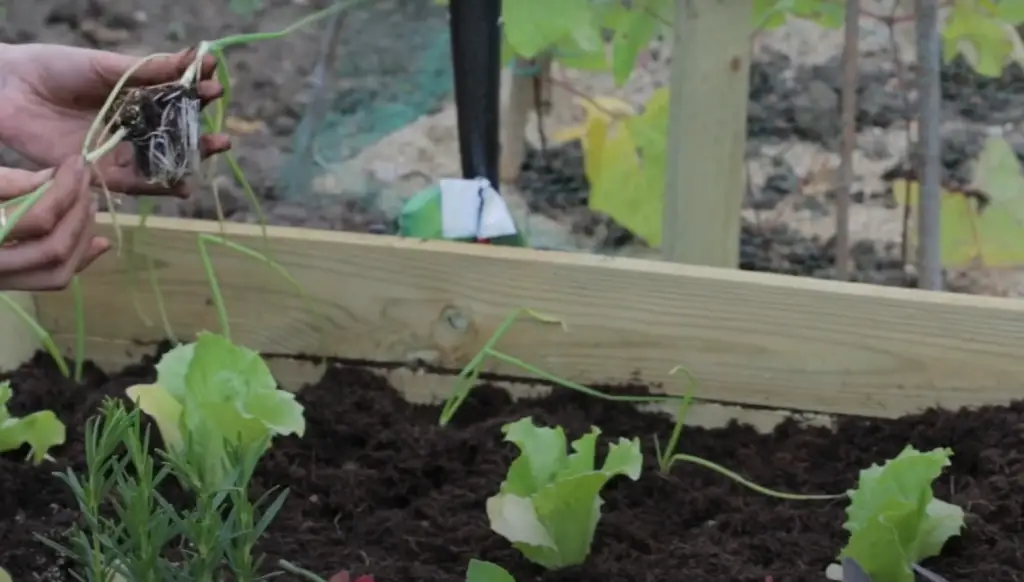
Raised beds are also great for growing plants that like acidic soils, such as blueberries, raspberries, and strawberries. The soil in a raised bed can be more easily adjusted to accommodate these plants than the soil in your yard.
Improved drainage
Plants in raised beds have better drainage than plants in the ground. This is because raised beds are elevated and the soil doesn’t get as compacted. This is great news for plants that don’t like soggy roots, such as tomatoes, peppers, and eggplants.
Raised beds also usually have holes in the bottom so that water can drain out. This is beneficial because it prevents the roots from sitting in water, which can lead to root rot.
Just be sure to keep an eye on the drainage holes so that they don’t become clogged with soil. You may need to add more holes or widen them if this becomes a problem.
Easier on your back
Gardening can be tough on your back, but it’s a lot easier when you don’t have to stoop down all the way to the ground. With raised beds, you can build them as high as you like, so you can garden standing up or sitting on a stool.
This is a huge boon for people with back problems or other physical limitations. It’s also great for parents who want to garden with their kids.
Fewer weeds
Weeds will always be a problem in any garden, but they are especially difficult to manage when traditional gardening methods are used. With raised beds, however, you can create a barrier between the soil and the weed seeds, making it much more difficult for them to take root.
In addition, because raised beds allow you to control the quality of your soil mix, you can make sure that it is packed full of nutrients that will encourage your plants to grow strong and healthy, crowding out any unwanted weeds in the process.
Pest control is easier
Pests can be a major problem in any garden, but they are especially difficult to control when traditional gardening methods are used. With raised beds, however, you can create a barrier between the soil and the pests, making it much more difficult for them to get to your plants. You can also keep an eye out for signs of disease and take steps to prevent it from spreading.
With these benefits, it’s no wonder that raised bed gardening has become so popular in recent years. If you’re considering adding a raised bed to your garden, here are a few things to keep in mind. In the following sections, we will discuss those factors in detail. [1] [2] [4]
Choosing a Raised Bed
There are a few things to consider when choosing a raised bed, such as size, material, and location.
Size
The first thing to consider is the size of the raised bed. You’ll need to decide how big you want it to be and how many plants you want to grow in it. Keep in mind that bigger isn’t always better. If the bed is too big, it will be difficult to reach the plants in the middle. Conversely, if it’s too small, you won’t be able to fit all the plants you want.
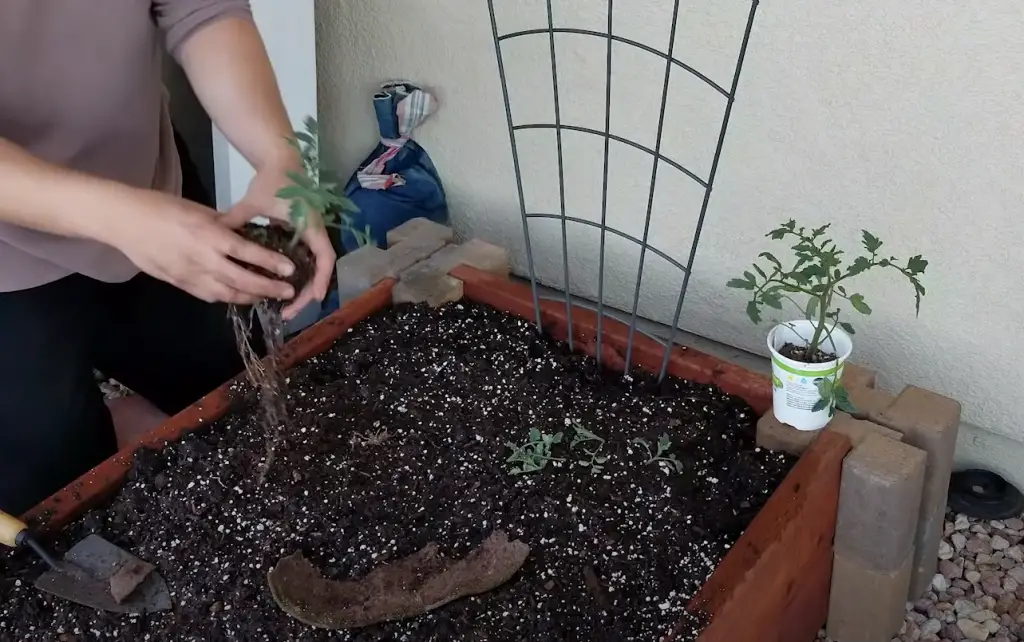
The height of your bed is also important to consider. Most vegetables need at least eight inches of soil, so be sure to choose a bed that is at least this deep. Deeper beds are better because they provide more root space for your plants’ roots. They also help with drainage and aeration, two factors that are important for plant health.
Material
The next thing to consider is the material of the raised bed. The most common material is wood, but you can also find beds made out of brick, stone, or even metal. Each material has its own benefits and drawbacks.
Wood is the most popular choice because it’s relatively inexpensive and easy to work with. It’s also easy to find different types of wood that are suitable for raised beds. However, wood is susceptible to rot and insect damage, so it may not last as long as other materials.
Brick is a more durable option, but it can be expensive. Stone is also durable, but it can be difficult to work with. Metal is a good choice if you’re looking for something that will last a long time, but it can be expensive and difficult to find the right type of metal for your needs. Also some metals can leak harmful chemicals into the soil.
You’ll also need to consider the weight of the material. If you plan on moving the bed around, you’ll need to choose a lighter material like wood or metal. If you don’t plan on moving it, then the weight isn’t as much of a concern.
Finally, you’ll need to decide what type of finish you want for your raised bed. Generally, you want your raised garden bed to having some sort of weather-resistant finish to protect it from the elements.
Location
The last thing to consider is the location of the raised bed. There are a few things to keep in mind when choosing the location for your raised garden bed. First, you’ll need to make sure that the area gets enough sunlight. Most vegetables need at least six hours of sunlight per day, so be sure to choose an area that gets plenty of sun.
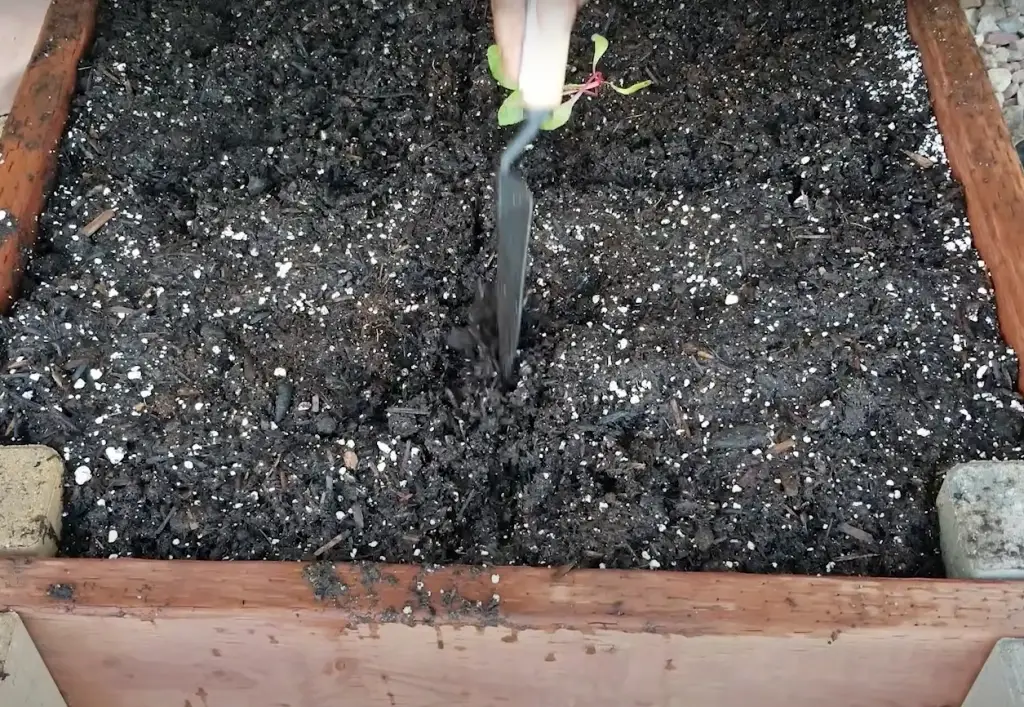
Second, you’ll need to make sure the area has good drainage. Raised beds tend to drain well, but you don’t want to put them in an area that is prone to flooding.
You’ll also need to think about how much space you have available. If you have a small yard, you may not have room for a large bed. In this case, you may want to consider building multiple smaller beds or using container gardening instead.
Once you’ve considered all of these factors, you’re ready to choose the perfect raised garden bed for your needs! [2] [3] [5]
What to Plant in Your Raised Garden Bed
Now that you’ve chosen the perfect raised garden bed, it’s time to decide what to plant in it! The great thing about raised garden beds is that you can grow just about anything in them. However, there are a few things to keep in mind when choosing what to plant.
First, you’ll need to consider the climate. If you live in an area with a long growing season, you can grow just about anything. However, if you live in an area with a short growing season, you’ll need to choose plants that mature quickly.
Next, you’ll need to think about the space available. If your raised bed is small, you’ll need to choose plants that don’t spread too much or grow too tall.
Consider companion planting, too. This is the practice of planting different plants next to each other that benefit each other in some way. For example, tomatoes and basil make great companions because the basil helps deter pests from the tomatoes.

Similarly, you shouldn’t plant two incompatible plants next to each other. For example, don’t plant tomatoes and potatoes next to each other, as they are both susceptible to the same pests and diseases.
With all of these factors in mind, here are a few suggestions for what to plant in your raised garden bed!
Tomatoes
Tomatoes are a classic choice for raised garden beds. They’re easy to grow and produce a lot of fruit, making them perfect for small spaces. Just be sure to choose a variety that is designed for container gardening, such as ‘Bush Goliath’ or ‘Patio Perfect’.
There are two types of tomatoes: determinate and indeterminate. Determinate tomatoes are smaller and bushier, while indeterminate tomatoes are taller and have a more vine-like growth habit.
There may be some difficulties that you face when planting tomatoes. The most common one is that they are susceptible to a number of pests and diseases, such as tomato hornworms, aphids, and blossom end rot.
To combat these problems, start with healthy plants from a reputable nursery. You can also try using organic pest control methods, such as Companion Planting or trapping. Finally, be sure to water your plants regularly and fertilize them according to the package directions.
You also need to keep in mind that tomatoes require a lot of space to grow. If you’re growing determinate varieties, you’ll need to provide them with at least two square feet of space per plant. Indeterminate varieties can spread up to six feet, so they’ll need even more room.
Peppers
Of course, we couldn’t go without mentioning peppers! Peppers are a great choice for raised garden beds because they come in a wide variety of sizes, shapes, and colors. Plus, they’re relatively easy to grow and produce a good yield.
When choosing pepper plants, be sure to pick varieties that are suited for container gardening.
As with tomatoes, peppers can be susceptible to pests and diseases. However, these problems can be easily avoided by starting with healthy plants from a reputable nursery. You can also try using organic pest control methods, such as Companion Planting or traps. Finally, be sure to water your plants regularly and fertilize them according to the package directions
Leafy greens
Leafy greens, such as lettuce, spinach, and kale, are another great choice for raised garden beds. They’re fast-growing, easy to care for, and can be harvested continuously throughout the growing season.
To get the most out of your leafy greens, sow them in succession every two weeks from spring until fall. This will ensure that you have a continuous supply of fresh greens all season long!
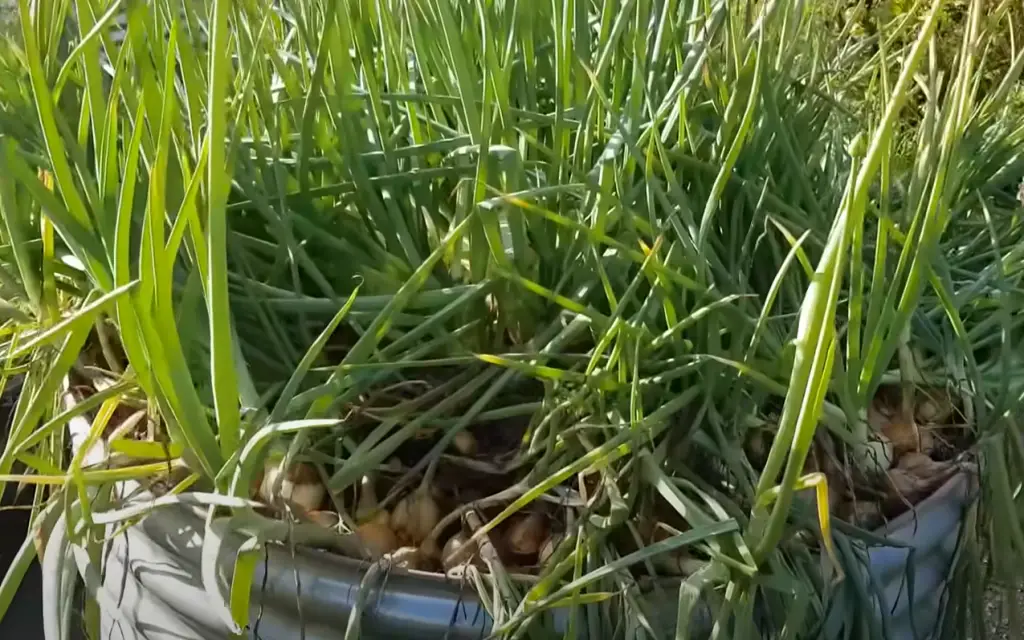
When it comes to pests and diseases, leafy greens are relatively trouble-free. However, they can sometimes be affected by aphids or caterpillars. To prevent these problems, check on your plants regularly and remove any pests you find.
Leafy greens don’t require a lot of space, so they’re perfect for small raised garden beds. In fact, you can often fit multiple plants in one square foot. Just be sure to thin them out as they grow so that each plant has enough room to reach its full potential.
Legumes
Legumes are a great option for raised garden beds. They provide nitrogen to the soil, which helps other plants grow. They also don’t spread too much, so they’re perfect for small spaces.
Some great legume options include:
- Beans;
- Peas;
- Lentils;
- Chickpeas;
- Soybeans;
Brassicas
Brassicas are a great choice for raised garden beds because they’re packed with nutrients and relatively easy to grow. Plus, they don’t require a lot of space, making them perfect for small gardens.
Some popular varieties of brassicas include broccoli, cabbage, and Brussels sprouts. However, there are many more to choose from! Just be sure to select varieties that are well-suited for your climate and growing conditions.
As with all other plants, brassicas can be susceptible to pests and diseases. The most common problems include caterpillars, aphids, and clubroots.
Peppers
Peppers are a great option for raised garden beds. They come in a wide variety of colors, shapes, and sizes, and they’re relatively easy to grow. Peppers also don’t require a lot of space, so they’re perfect for small raised beds.
If you live in an area with a long growing season, you can plant just about any type of pepper. However, if you live in an area with a short growing season, you’ll need to choose peppers that mature quickly. Some varieties of pepper that mature quickly include:
- Anaheim peppers;
- Bell peppers;
- Jalapeño peppers;
- Poblano peppers;
- Serrano peppers;
Eggplants
Eggplants are versatile vegetables that can be used in a variety of dishes. They grow best in full sun and require at least six hours of sunlight per day. Eggplants can be susceptible to pests and diseases, so it’s important to choose a variety that is resistant to the common problems in your area.
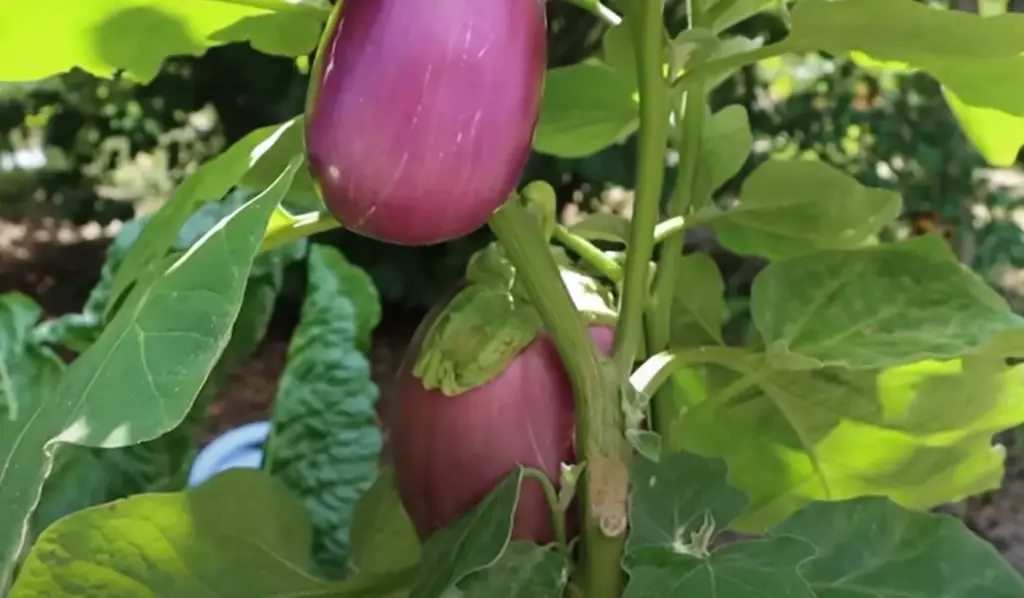
Eggplants are a warm-season crop, so they should be planted after all danger of frost has passed. In most areas, this is around mid- to late May.
Carrots
Carrots are a cool-weather crop, so they’re perfect for early spring or fall plantings. They’re easy to grow and can be used in a variety of dishes. When growing carrots in raised garden beds, there are a few things you’ll need to keep in mind.
First, carrots need full sun to thrive. This means that they should be planted in an area of your raised garden bed that gets at least six hours of direct sunlight each day. If you live in an area with hot summers, you may want to provide some afternoon shade for your carrot plants.
Secondly, carrots need loose, well-drained soil to grow properly. Raised garden beds are the perfect place to grow carrots because they offer good drainage and aeration. Be sure to loosen the soil in your raised bed before planting carrots.
Third, your raised bed needs to be deep enough to accommodate carrot roots. Carrots can grow up to two feet long, so be sure to choose a raised bed that is at least 18 inches deep.
Finally, when harvesting carrots from raised garden beds, be careful not to damage the roots. Carrots can be harvested anytime after they’ve reached maturity, which is usually about two months after planting. To harvest, simply pull the carrot up by the greens.
Cucumbers
Cucumbers are a great choice for raised garden beds. They don’t spread too much, they’re relatively easy to care for, and they mature quickly. Plus, who doesn’t love fresh cucumbers in the summer?
There are two types of cucumbers: bush and vining. Vining cucumbers will need a bit more space to spread out, so if you’re limited on space, choose bush cucumbers instead.
Cucumbers prefer full sun and well-drained soil. They’re also relatively drought tolerant, so they don’t need a lot of water. In fact, too much water can make them bitter.
To plant cucumbers in your raised bed, sow the seeds about ½ inch deep and 18 inches apart. Once the seedlings emerge, thin them out so that they’re about 12 inches apart. Cucumbers will start to produce fruit about 50-60 days after planting.
Onions
Onions are a great choice for raised garden beds because they don’t take up much space and they mature quickly. They also don’t mind being planted close to other plants.
If you’re growing onions from seed, start them indoors about six weeks before the last frost date in your area. When it’s time to plant them outdoors, choose a sunny spot in your raised bed.

Onions need well-drained soil that’s high in organic matter. Add some compost or manure to your soil before planting onions. They also benefit from a layer of mulch, which will help retain moisture and deter weeds.
Strawberries
If you’re looking for a fruit that’s not only delicious but also easy to grow in raised garden beds, then strawberries are a great option! While they do require some patience, the payoff is well worth it. Plus, there’s nothing quite like picking fresh strawberries right from your own backyard!
If you live in an area with a long growing season, you can plant everbearing strawberries, which will produce fruit from late spring to early fall. If you live in an area with a shorter growing season, you can plant June-bearing strawberries, which will produce fruit from early to mid-summer.
Either way, make sure to choose a variety that is suited to your climate. And remember to companion plants with basil or mint to help deter pests! [2] [4] [6]
Tending Your Garden
Once you’ve decided what to plant in your raised garden beds, it’s time to get started! Weeding, watering, and fertilizing are the three main components of raised bed maintenance. Here are a few tips to help you get the most out of your garden!
Watering
One of the most important aspects of gardening is watering your plants. Raised garden beds require less water than traditional gardens because the soil is more compacted. However, you still need to water your plants regularly. The best time to water your garden is in the morning so that the plants have all day to absorb the water.
If you’re not sure how much water your plants need, check the soil before watering. If the soil is dry, it’s time to water your plants!
Watering tips:
- Water at the base of the plant so that the leaves don’t get wet. This will help prevent diseases from developing on the leaves;
- Use a hose with a nozzle or a watering can so that you can control the amount of water that you’re giving to your plants;
- If you’re using a hose, make sure that the water pressure is set to low so that you don’t damage the roots of your plants;
If you live in an area with high temperatures, you might need to water your plants more than once a day. The best way to know how often to water your plants is to check the soil regularly. If the top layer of soil is dry, it’s time to water your plants!

Plan irrigation system before planting
If you live in an area with high temperatures, you might need to water your plants more than once a day. The best way to know how often to water your plants is to check the soil regularly. If the top layer of soil is dry, it’s time to water your plants!
Installing an irrigation system can be a big project, but it’s worth it if you want to make sure that your plants are getting enough water. Drip irrigation is a great option for raised gardens because it is efficient and can be easily installed.
Fertilizing
Your plants will need nutrients to grow, so be sure to fertilize them regularly. You can use organic or chemical fertilizers, but be sure to follow the directions on the packaging.
Over-fertilizing can damage your plants, so it’s important to find the right balance. A soil test can help you determine how much fertilizer your plants need.
You should also add compost to your garden beds. Compost is a great way to add nutrients and improve the quality of your soil. It’s easy to make your own compost at home with food scraps and other organic materials.
Leaves, grass clippings, and coffee grounds are all great additions to your compost pile! Just be sure not to add any meat or dairy products, as these can attract pests.
Adding mulch to your garden beds can also help improve the quality of your soil. Mulch helps retain moisture and keeps weeds from growing. You can use organic materials like straw or wood chips for your mulch.
Weeding
Weeding is an important, but often tedious, part of gardening. But it’s especially important in raised garden beds because weeds can quickly take over.
The best way to deal with weeds is to prevent them from germinating in the first place. This can be done by covering the soil with a layer of mulch. Mulch will not only help to prevent weed growth, but it will also help to retain moisture and keep the roots of your plants cool.
If you do find yourself with a weed problem, the best way to deal with it is to hand-pull the weeds. Be sure to get rid of the entire root so that the weed doesn’t come back. [2] [7]
FAQ
What vegetables go together in a raised bed?
This is a great question with no one-size-fits-all answer. It depends on the specific vegetables you want to grow, as well as your personal preferences. Some common combinations include tomatoes and basil, peppers, and onions, or lettuce and carrots. You can also mix and match different herbs to create your own unique flavor profile.
Another thing to consider is the amount of space each vegetable needs. For example, tomatoes require more room to spread out than something like lettuce or carrots. If you’re short on space, it’s best to stick with smaller vegetables that don’t need as much room to grow.
What plants should I put in a raised bed?
This is a difficult question to answer because there are so many variables to consider, such as climate, soil type, and the amount of sun or shade the bed will get. However, some general tips about what to plant in raised garden beds include choosing hardy plants that don’t require a lot of water or fertilizer and selecting plants that will do well in your particular climate.
When it comes to what to plant in raised garden beds, another important factor to consider is the size of the bed. If you have a small raised bed, for example, you’ll want to choose smaller plants that won’t overwhelm the space. Conversely, if you have a large raised bed, you can go with larger plants.
What can I plant in a raised garden bed for beginners?
Some good plants for beginners are tomatoes, cucumbers, zucchini, bell peppers, and leafy greens like spinach or lettuce. These are all relatively easy to grow and can be maintained with minimal effort.
What should you not grow in a raised bed?
It’s possible to grow almost anything in a raised garden bed, however, there are a few things to avoid. First, you may not want to grow certain root vegetables in your raised garden bed, as they can be difficult to harvest. While it’s possible to grow potatoes, carrots, beets, and other root crops in raised beds, you may have an easier time if you plant them in the ground.
Another thing to consider is that some plants may not do well in raised beds because they need more space to spread out. For example, cucumbers and squash need room to sprawl, so they might not produce as much fruit if you try to grow them in a small raised bed.
Useful Video: How to grow vegetables in raised bed gardens
Conclusion
Raised garden beds are a great addition to any backyard. They are perfect for growing a variety of vegetables, herbs, and flowers. With a little planning, you can create a beautiful and productive garden that will provide you with fresh food all season long.
If you’re new to gardening, raised garden beds are a great place to start. They offer many benefits, including better drainage, improved soil quality, and easier weed control. Plus, they’re ideal for small spaces or areas with poor soil conditions.
You can plant nearly everything in a raised garden bed, but some plants do better than others. When choosing what to plant, consider the amount of sun and shade your garden receives, as well as the soil conditions. Of course, some plants require a lot of space and can only grow properly if your raised garden bed is large enough.
If you’re looking for ideas on what to plant, check out our list of the best plants for raised garden beds. With a little planning and some patience, you’ll be able to create a beautiful and productive garden that will provide you with fresh food all season long. Thanks for reading! We hope this article was helpful. Please feel free to share it with your friends or family if you found it useful. Happy gardening!
References:
- https://www.finegardening.com/article/the-benefits-of-raised-garden-beds
- https://www.gardeners.com/how-to/raised-bed-basics/8565.html
- https://homesteadandchill.com/materials-raised-garden-beds/
- https://savvygardening.com/best-vegetables-to-grow-in-raised-beds/
- https://www.gardeners.com/how-to/raised-bed-buying-guide/9564.html
- https://kellogggarden.com/blog/gardening/what-to-plant-in-a-raised-garden-bed/
- https://www.thespruce.com/tips-for-successful-raised-bed-gardening-2539792





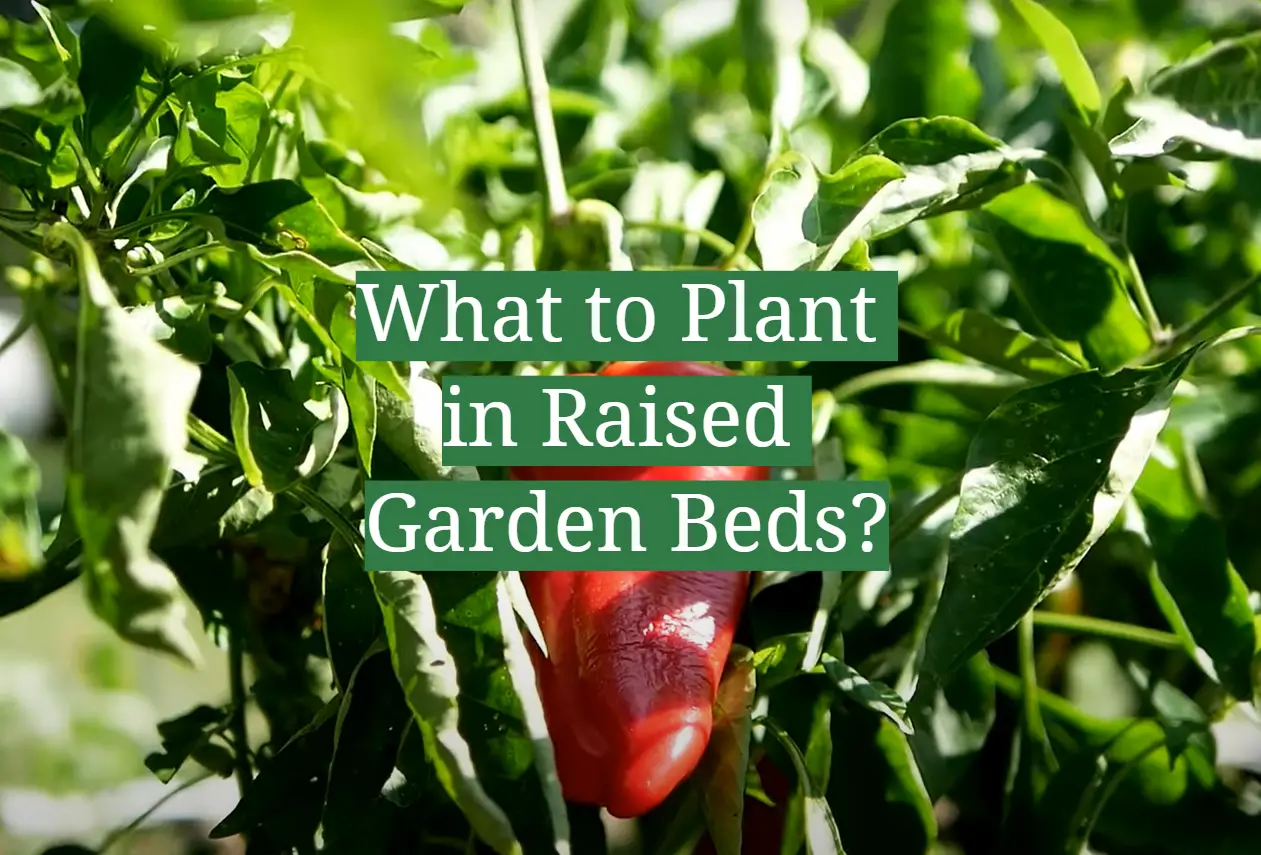




Leave a Reply
View Comments